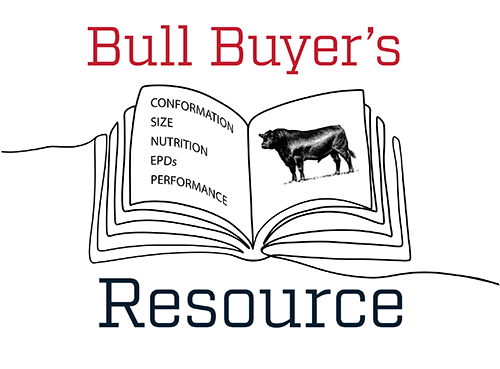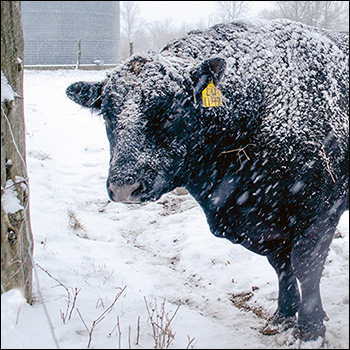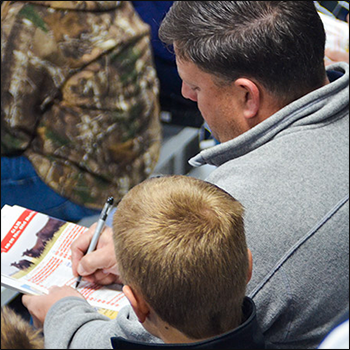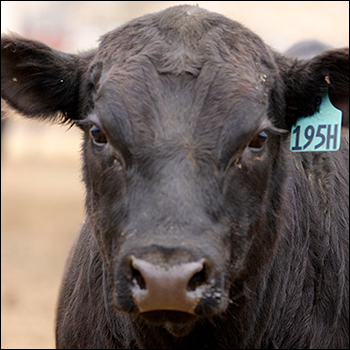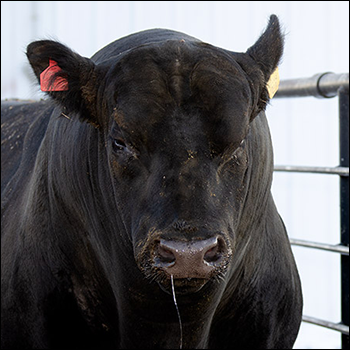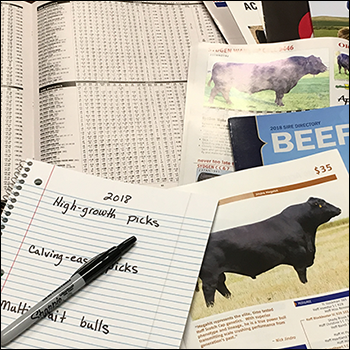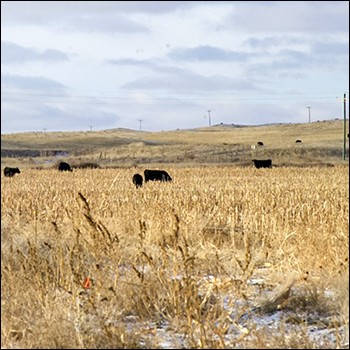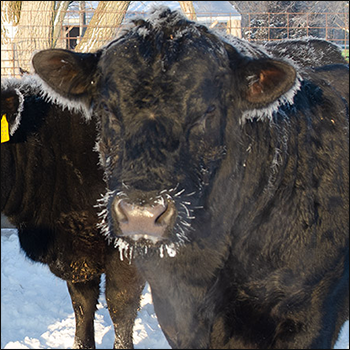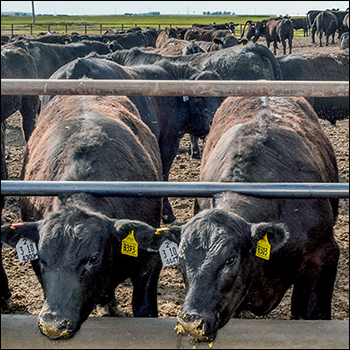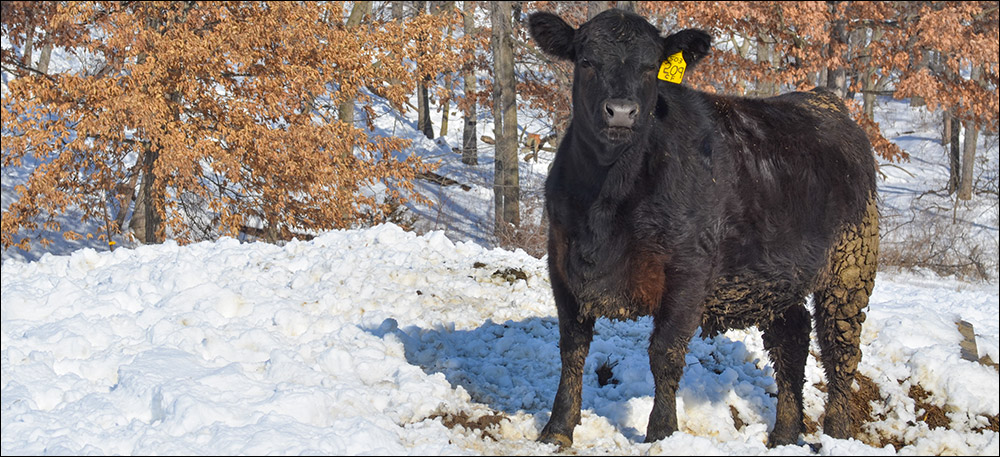
Can We Program Fertility?
Research indicates nutrition in developing heifers influences follicle count.
Shelby Rosasco was not talking about fetal programming, sometimes called developmental programming. Most cow-calf producers have heard how environmental effects experienced by a pregnant cow can have long-term ramifications on the calf she is carrying. For example, a heifer’s own reproductive performance can be affected by the nutrition her gestating dam received. Yet Rosasco talked about a different kind of developmental programming and how it affects a heifer calf’s reproductive potential.
“I’m talking about postnatal management during the first year of life and especially the period prior to puberty attainment,” said Rosasco, a University of Wyoming Extension beef specialist, who spoke during the 2021 Range Beef Cow Symposium, hosted Nov. 16-17, in Rapid City, S.D.
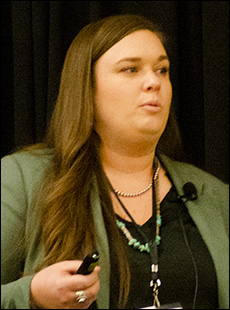 “What we feed at different times can be important,” Shelby Rosasco stated. “Timing may be more important than the way we choose to do it.” [Photo by Kasey Brown] |
According to Rosasco, nutritional management of weaned heifers can help program puberty attainment, fertility and something called the “ovarian reserve.” Previously, it was believed that heifers were born with a finite number of follicles within their ovaries. It was further believed that depletion of this ovarian reserve occured at a constant rate that cannot be altered. However, research has demonstrated that nutrition can influence primordial follicle numbers in the ovary. Thus, maybe heifer nutrition can change the ovarian reserve.
Rosasco described studies using stair-step diets for heifers developed in drylot, where low rates of gain were targeted during the early part of the development period and nutrition was increased to target higher rates of gain in the later part. Stair-step heifers had an increased number of primordial follicles at 13 months of age compared to control heifers fed diets targeting a consistent rate of gain.
Noting that extensive heifer development systems utilizing grazed forages have become more common, Rosasco said researchers also have studied heifers developed on native range and supplemented to follow a stair-step nutritional scheme. Results showed the stair-step treatment had a positive effect on the ovarian reserves of range-raised heifers. Collectively, research results suggest the increase in the size of ovarian reserves among stair-step-developed heifers, whether managed intensively in drylot or extensively on range, may potentially program fertility, resulting in increased reproductive longevity.
Rosasco allowed that different methods are applicable for developing replacement heifers to a desired breeding weight, whether it’s targeting 65% of mature weight in a drylot setting or targeting 55% of mature weight in an extensive system emphasizing grazing.
“What we feed at different times can be important,” Rosasco stated. “Timing may be more important than the way we choose to do it.”
Editor’s note: Troy Smith is a cattleman and freelance writer from Sargent, Neb. Lead photo by Shauna Hermel.

Angus Proud
In this Angus Proud series, Editorial Intern Jessica Wesson provides insights into how producers across the country use Angus genetics in their respective environments.
 Angus Proud: Bubba Crosby
Angus Proud: Bubba Crosby
Fall-calving Georgia herd uses quality and co-ops to market calves.
 Angus Proud: Jim Moore
Angus Proud: Jim Moore
Arkansas operation retains ownership through feeding and values carcass data.
 Angus Proud: Les Shaw
Angus Proud: Les Shaw
South Dakota operation manages winter with preparation and bull selection.
 Angus Proud: Jeremy Stevens
Angus Proud: Jeremy Stevens
Nebraska operation is self-sufficient for feedstuffs despite sandy soil.
